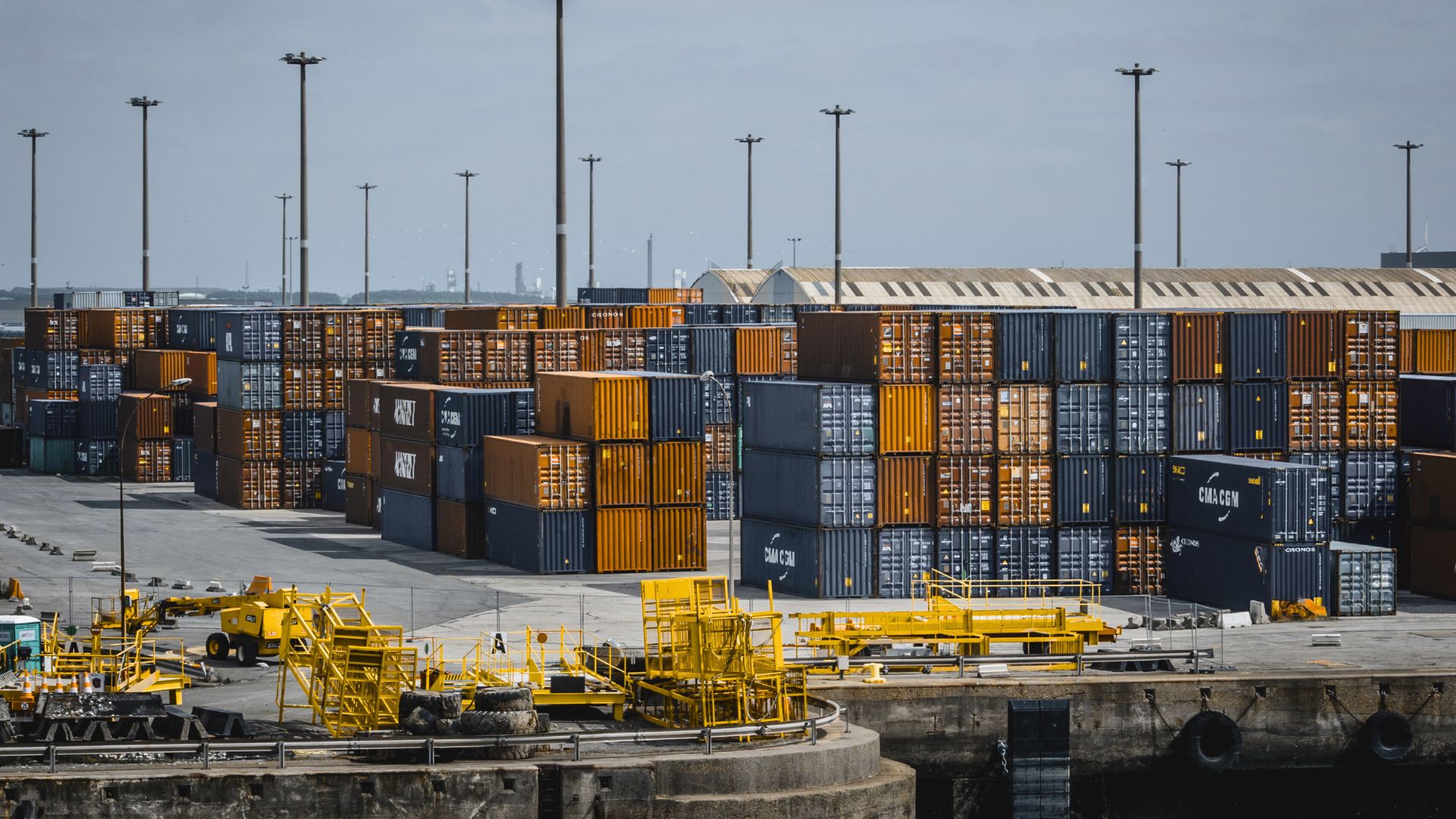According to the United Nations, the US is still the largest manufacturing country in the world, even compared to Chinese manufacturing, with an output of $2.2 trillion. Compare this to the paltry $1.5 trillion manufacturing output of China and you will realize that America still leads in almost all manufacturing and importing categories in the world. In 2009, American manufacturing increased by 7.7% as compared to any other country. By these statistics, you realize that America is still the leader in manufacturing and it has no competition from any other country. However, importing ready made component parts from China give it a distinct technological, economical and manufacturing advantage. China dominates in the low-hanging fruit of the global manufacturing sector, and they can do this due to several simple factors:
1. China specializes in the low-technical grade equipment that is simply not economical enough to make in the US. Shopping through Target, most of the low-grade products on sale like clothing and toys is made in China. The US, however, specializes in the technology industry where high-end equipment like planes, semi-conductors and machinery requires technical know-how. China has yet to catch up in some sectors, such as aeronautics, which are profitable for America as well.
2. Low-wage workers are common in China, and this means that they can work for a longer time on the simpler products made in China. American manufacturing cannot compare to the lower costs and quicker manufacturing for low-end goods as in China.
3. The drawback for American industries has been that buying component parts from China will result in a serious loss of jobs in America. However, this is no longer a legitimate concern. As manufacturing standards improve and streamline, almost every small job will be converted into an automated job. As a result, if America wants to retain its foothold on production, it will eventually move on to completely automated plants that will create standardized material at lower costs. This means that jobs will no long be an important factor for sourcing of materials.
4. China service has improved, and this had led to an increased demand for its production. In the last few years, the country has actively tried to meet international manufacturing standards. The country also provides value added services and logistical support in case of problems and this support is offered at a fraction of the US labor costs. In the end this does turn out to be very profitable for American manufacturers.
5. Seasonal industries are in demand for China. China specializes in low-end decorative items and the labor pool is large and flexible. As a result, almost all companies resort to China for seasonal materials like costumes, lights and toys. For example, in response to a sudden demand, factories can manage to come up with more than 8000 workers at one shot to produce high demand items almost overnight.
6. Government cooperation and trained staff are also the main reason why China is still popular as a low-grade manufacturing supplier. In the last few years, the Chinese government has made it very easy for low-tech industries to source raw materials and produce highly technical materials at a subsidized cost. The supply chain is so streamlined that there is expected to be a 20% increase in manufacturing in the next decade along with a boost in highly-trained and technologically-savvy staff.
With these factors, it becomes obvious that China offers distinct advantages for American manufacturing. The lower cost, quicker service and almost international quality of goods means that American companies can pass on the cost advantage to their consumers in the form of discounted goods.




